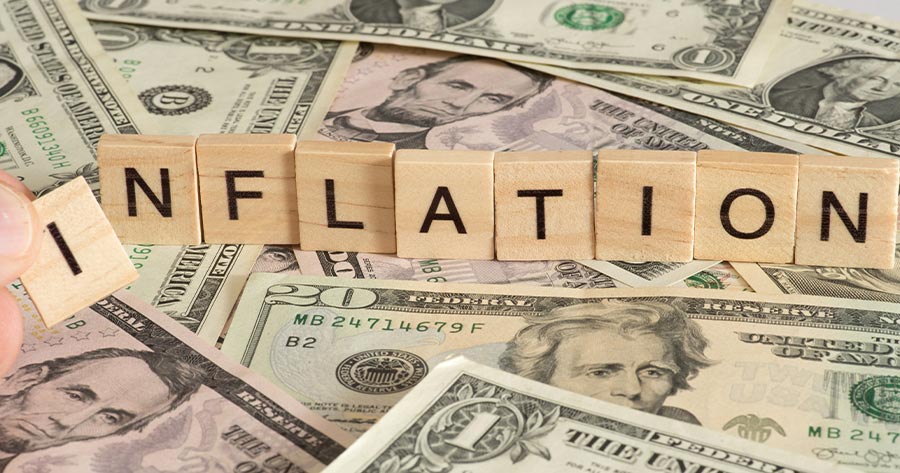A higher-than-expected Consumer Price Index (CPI) reading on Wednesday caused market uncertainty. Analysts are particularly focused on the supercore inflation reading, a specific measure within the data that excludes shelter and rent costs on top of volatile food and energy prices removed by the core CPI.
Economists consider the supercore gauge valuable in gauging underlying price trends. In March, supercore inflation reached a 4.8% pace year-over-year, its highest level in 11 months. Tom Fitzpatrick of R.J. O’Brien & Associates highlighted that when annualizing the data of the last three months, the supercore inflation rate exceeds 8%, significantly surpassing the Federal Reserve’s 2% target.
In the twelve-month period ending in March, the Consumer Price Index (CPI) surged by 3.5%, marking the highest increase since September. This comes after a 3.2% uptick in February. Despite the Fed’s 2% inflation target, the indicators utilized for monetary policy are significantly below the pace set by the CPI.
Meanwhile, the Consumer Price Index saw a 0.4% increase last month, following a similar advance in February. Gasoline prices climbed by 1.7%, while shelter costs, encompassing rents, also rose by 0.4%.
Economists surveyed by Reuters had predicted a monthly increase of 0.3% in the CPI and a yearly rise of 3.4%.
Notably, gasoline and shelter costs contributed significantly to the CPI’s uptick. While food prices edged up by 0.1%, grocery food inflation remained steady as the costs of butter, cereals, and bakery products decreased notably.
The robust supercore data impacted equities and led to rising Treasury yields. Consequently, futures market traders have adjusted their expectations for the timing of the Federal Reserve’s first rate hike, delaying it from June to September, as indicated by the CME Group’s FedWatch tool.
Odds for a rate cut in June was above 50% prior to the publication of US CPI yesterday, and has fallen to 18% as of Thursday. Chance for the Fed to maintain rates in July’s meeting rose to 55% from 25% earlier. The highest probability for the earliest rate cut is in September with a 45% chance.
The US stock markets tumbled on Wednesday following the inflation report as the Dow Jones Industrial Average (DJIA) contracted by 1.09% to 38,461.51. NASDAQ lost 0.84% to 16,170.36, and S&P 500 dropped by 0.95% to 5,160.64. VIX jumped by 5.47% to 15.8.
Oil prices settled higher on Wednesday as the Israeli military confirmed their attack in the Gaza Strip, killing three sons of a Hamas leader. The circumstances raised concerns among traders over the potential interruption of the ceasefire talks. Brent gained $1.06 or 1.2% to $90.48 per barrel, and the West Texas Intermediate (WTI) rose 98 cents or 1.2% to $86.21 a barrel.





